The Power of Personas: The Trick to Crafting Targeted Digital Content
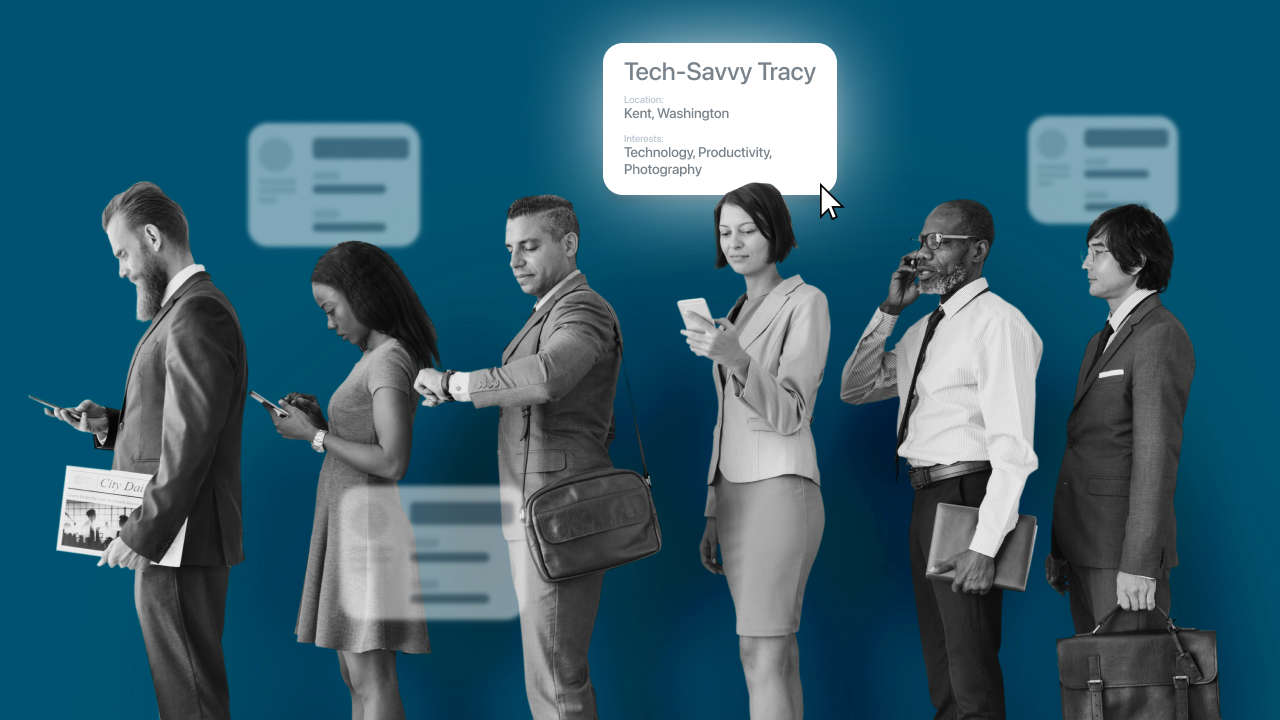
Ever wondered why—despite your best efforts—your content keeps falling flat? Not enough reach, poor engagement, little to no likes?
This is a common dilemma among marketers and even content creators. No matter how hard they try, they can’t seem to achieve the outcomes they want from their content.
Enter personas. They’re your secret weapon for creating content that speaks to your audience and drives surefire results.
What are Personas?
Before we dive into the nitty-gritty, let's first define what we mean by personas.
Think of personas as the character sketches of your target audience. They represent different segments of your customer base and offer insights into their unique needs and preferences (which may not always be apparent at a glance).
It’s worth noting that personas go beyond mere demographics such as age, gender, and background. They’re designed to bring your customers to life—in a way that makes them feel real, relatable, and distinct.
How Important are Personas to Marketers?
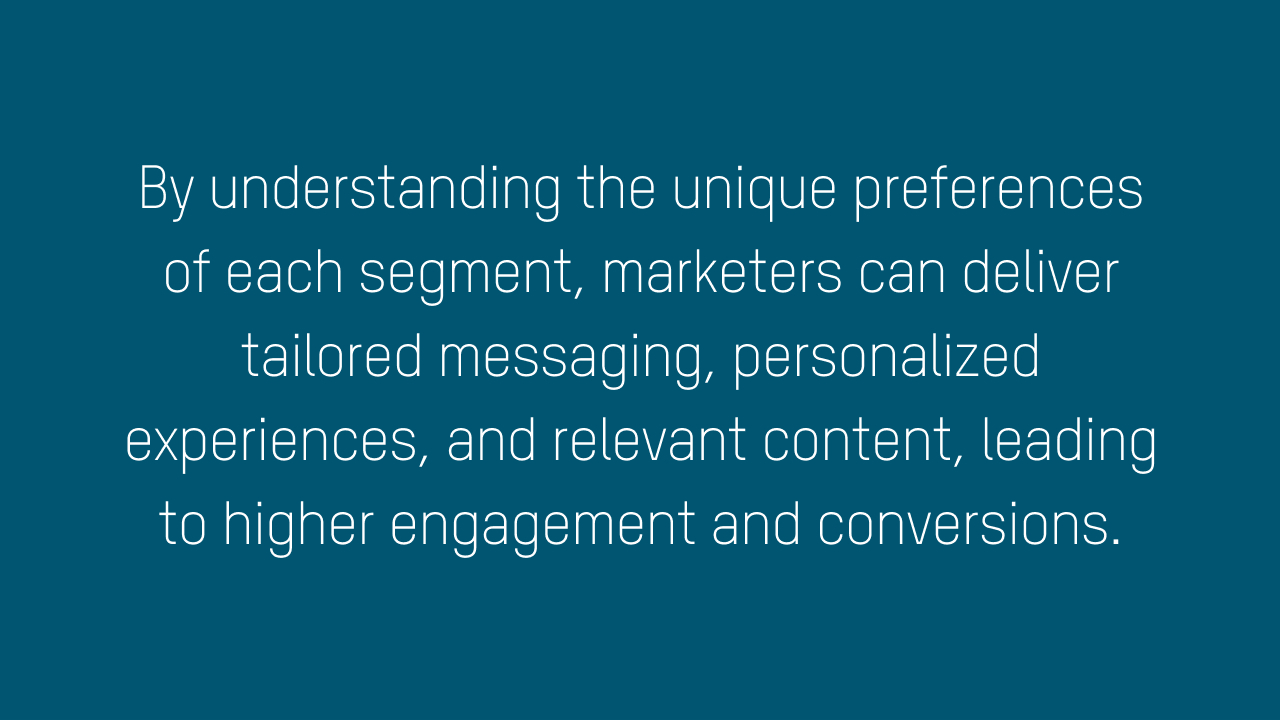
When it comes to creating content, it's easy to fall into the one-size-fits-all trap. Many marketers often find themselves putting out generic content that just doesn't strike a chord with their diverse audiences.
Think about it—your audience is a mix of unique individuals, each with their own backgrounds, interests, and tastes. They don’t have the same appetite when it comes to content. Here's where personas come to the rescue.
Personas help marketers get to know who they’re talking to and what they really need and want, content-wise. This includes the topics, formats, and channels that speak to their individual needs, interests, and goals.
How is this important for improving lackluster content performance? By understanding the unique preferences of each segment, marketers can deliver tailored messaging, personalized experiences, and relevant content, leading to higher engagement and conversions.
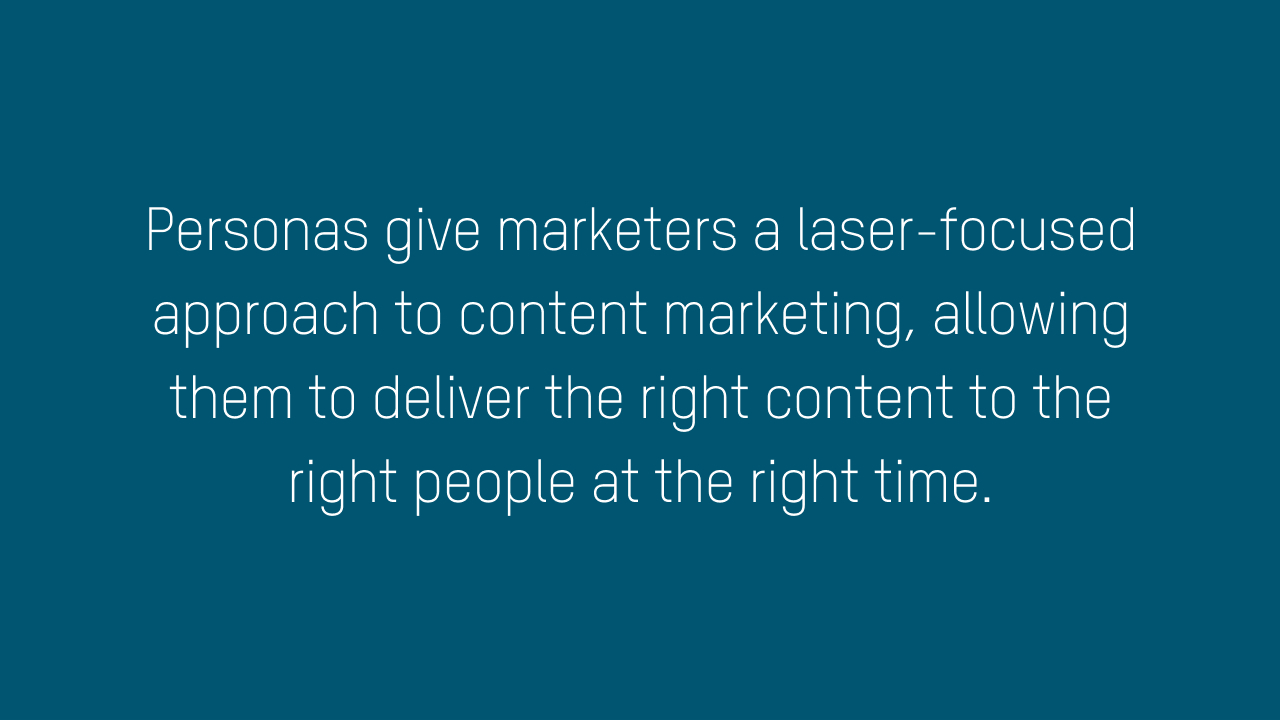
Say you’re a car rental service and want to publish content that resonates with your different customer segments. Here are 4 personas you can use to speak to each one:
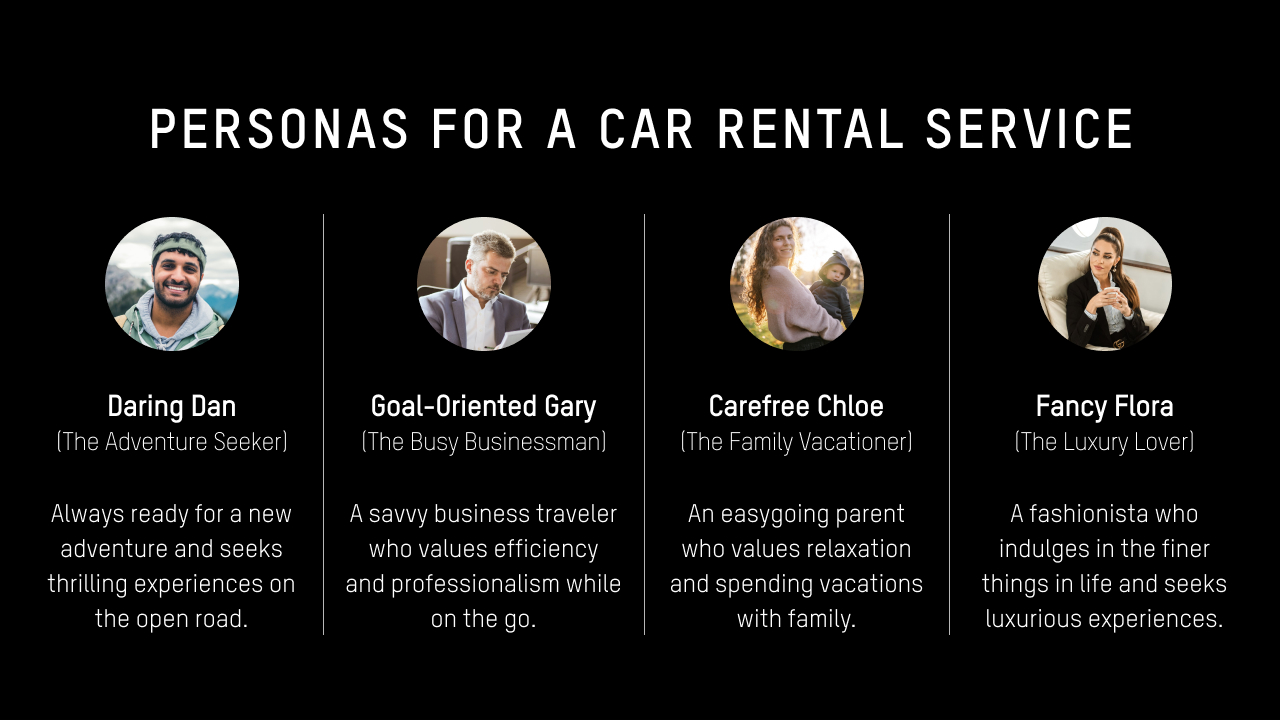
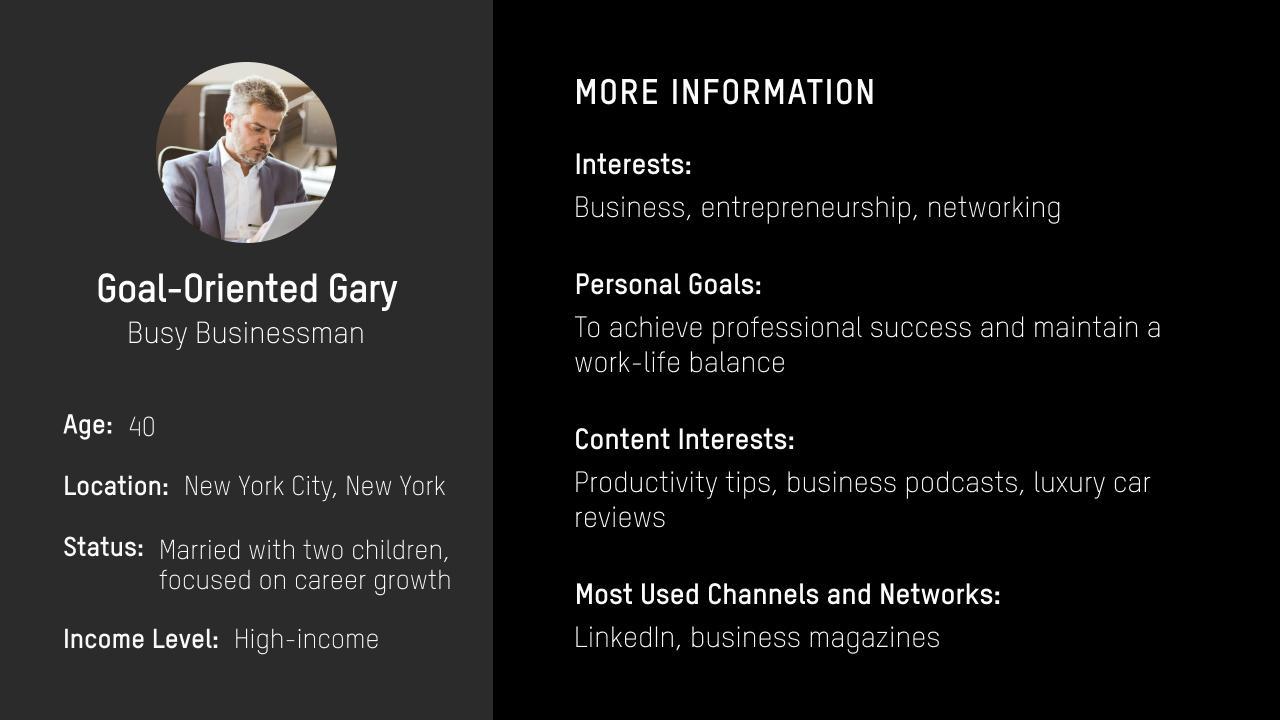
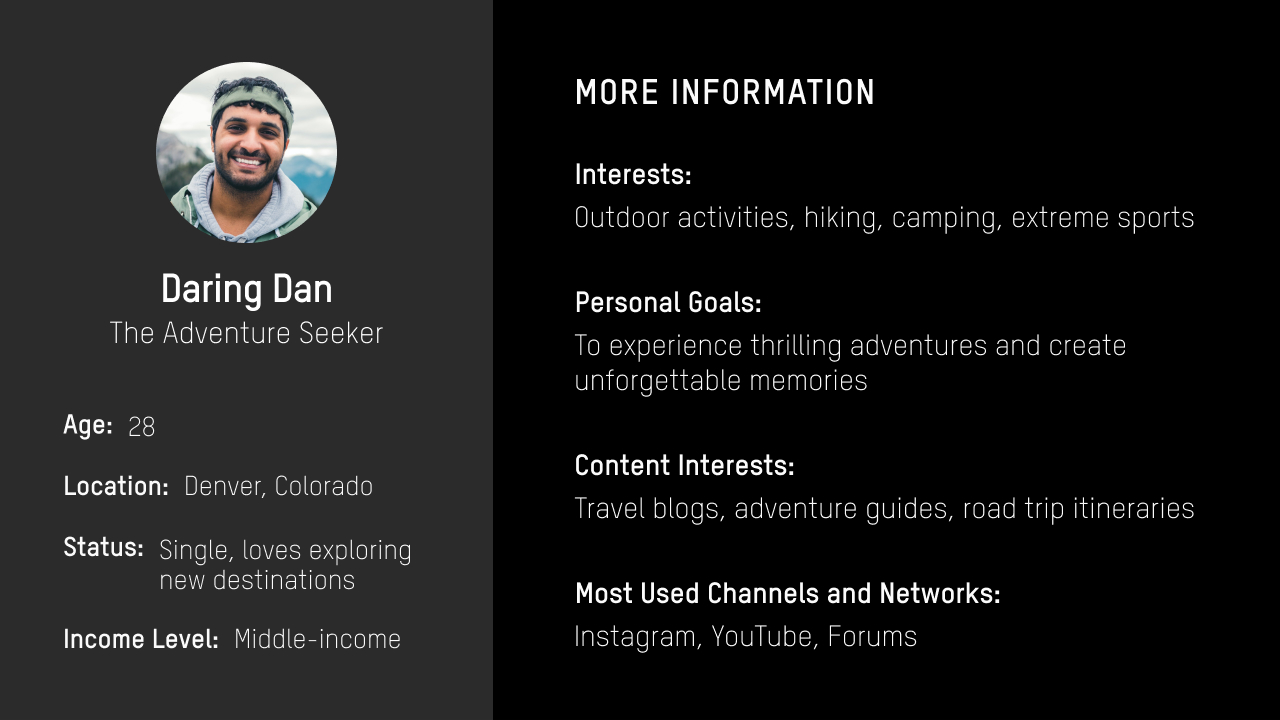
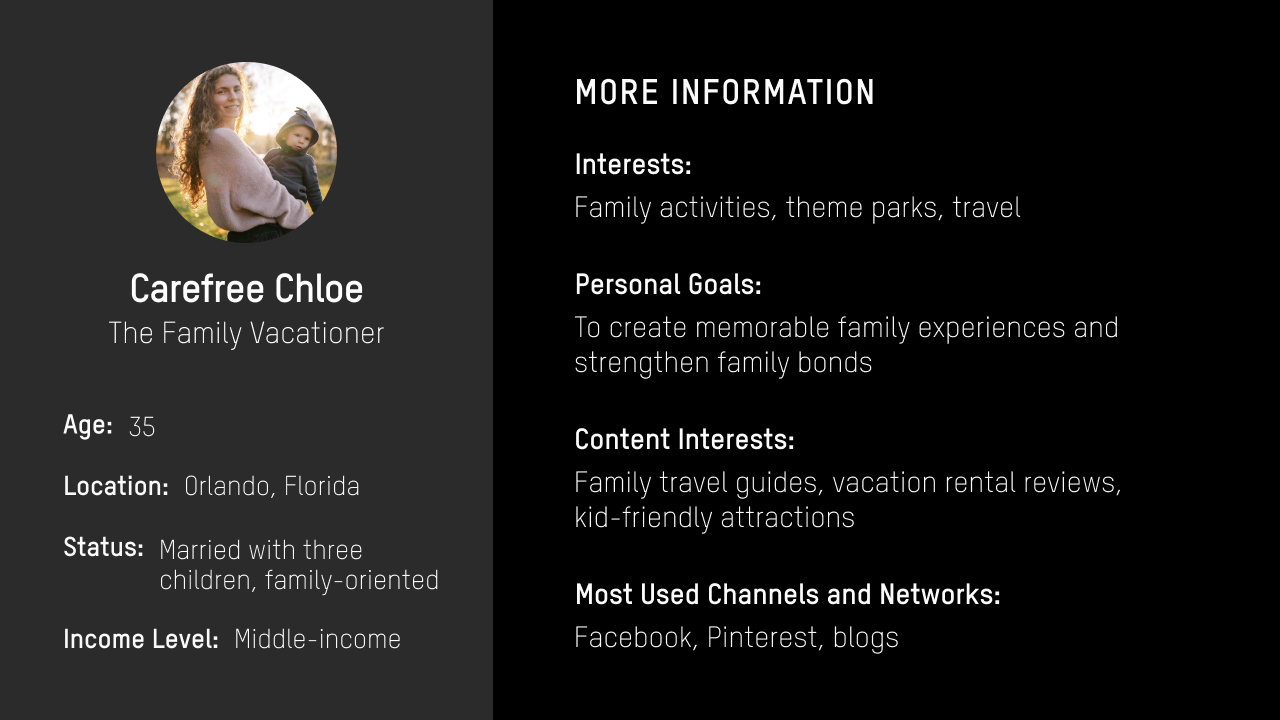
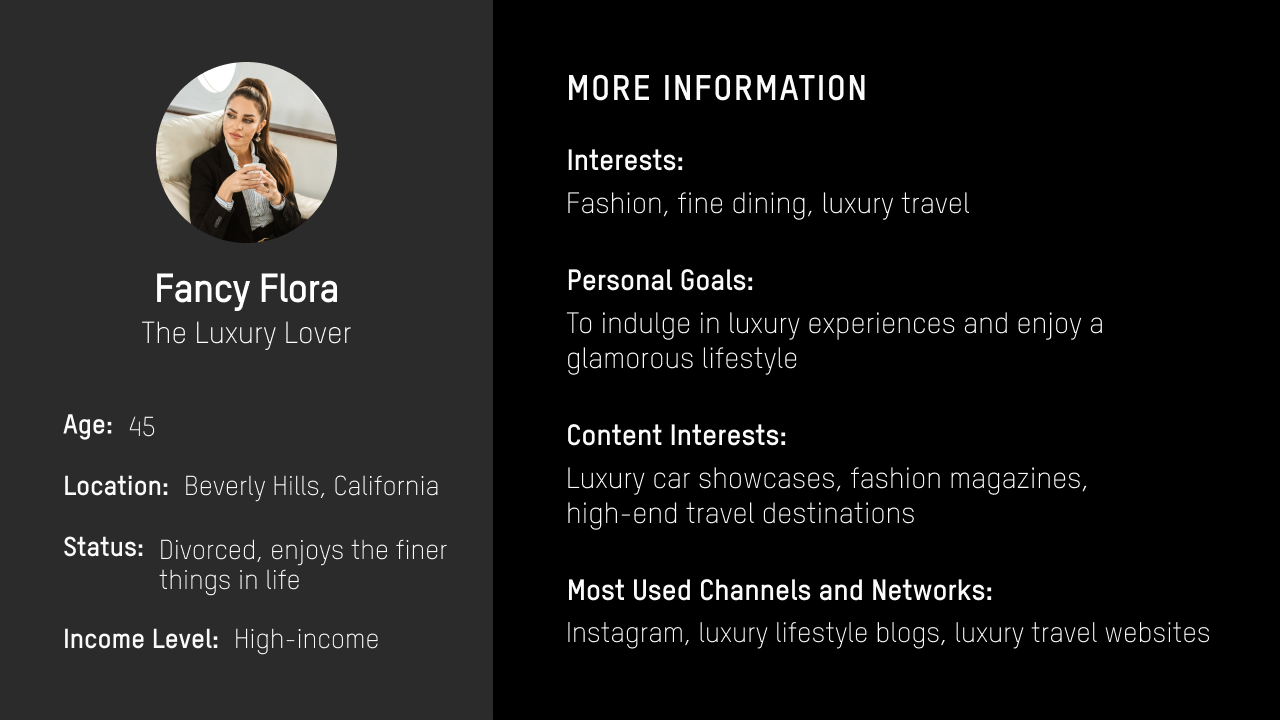
Notice that each persona has its own distinct interest, taste, quirk, background, and goal. Knowing who their audience segments are and what’s important to them helps marketers plan out how they can reach, capture, and engage them all.
For instance, when it comes to Goal-Oriented Garys, who are driven by professional growth and success, LinkedIn and business magazines are where you should be publishing content tied to their interests, such as efficiency in travel, premium car rentals, etc. On the other hand, Daring Dans, who are adventure seekers, are more likely to explore YouTube and Instagram for inspiration and research related to their interests like extreme sports and hiking.
Understanding their specific preferences and behaviors allows marketers to choose the most effective channels and platforms to reach each segment. By recognizing these patterns, they can optimize their content distribution and promotion strategies, ensuring that they reach the right audience through the channels they frequent the most.
The same goes for content topics, writing styles, and content formats. Personas give marketers a laser-focused approach to content marketing, allowing them to deliver the right message to the right people at the right time. This increases their chances of capturing attention and ultimately driving conversions.
How Can I Create Personas?
Where to begin? Here are the steps for creating personas that you can use to improve your content on email, social, and your website:
Step 1: Dive Deep into Data
The first thing to do is to dig into your data—analyze your existing customer information, conduct surveys, or interview your customers. Look for patterns, common traits, and pain points that can help you build your personas.
Step 2: Lay Down the Basics
Once you have the data you need, you can start defining your target audience in terms of age, gender, location, profession, and income level. This will lay the foundation for building personas close to your customer database.
Step 3: Add in the Details
For each segment, begin to add more specific details like their interests and pain points. This will be your guiding light in addressing their specific content needs and expectations.
Step 4: Get Into Their Psyche
Now it’s time to understand their psychological aspects by determining their motivations and values. What drives them? What are their core beliefs? In the end, aligning your content with their values makes it easier for you to build stronger and more meaningful connections.
Step 5: Trace Their Steps
This is the part you begin answering questions like… How do they behave online? Which social media platforms do they frequent? What kind of content do they engage with? This information will guide your content distribution strategy to ensure that your messaging reaches the right channels.
Step 6: Breathe in Life
Here’s where you can get creative. Give each persona a cool name, age, background, and a compelling story that embodies their characteristics. This is basically the part where you bring them to life.
Step 7: Embed Them
Now you can incorporate them into your content. Use your personas to craft targeted content, whether that’s for landing pages, blog posts, social media, captions, or email campaigns. Once you know each segment inside and out, it’s easier to create content that resonates with their true core.
Step 8: Let Them Grow
Personas are a work in progress. You have to frequently update them based on new insights, evolving trends, and changes in your target audience. Analyze engagement metrics, conversion rates, and feedback to refine your personas accordingly.